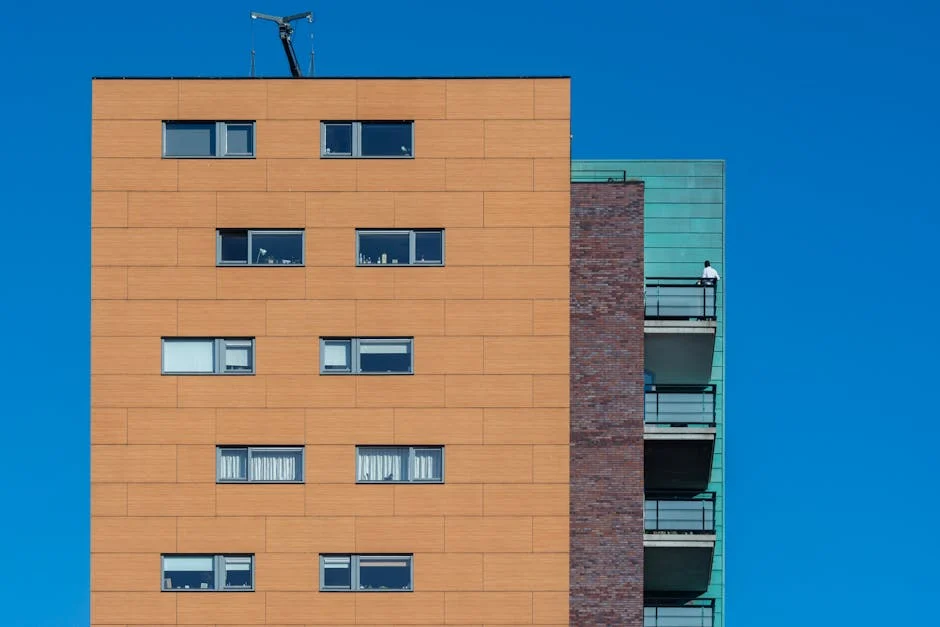The Evolution of Minimalist Design in Modern Architecture and Urban Living
Introduction
Minimalist design, characterized by its simplicity, functionality, and absence of ornamentation, has profoundly impacted modern architecture and urban living. From its roots in early 20th-century art movements to its widespread adoption in contemporary buildings and urban planning, minimalism’s evolution is a story of constant refinement and adaptation to changing societal needs and aesthetic preferences. This article explores the journey of minimalist design, tracing its origins, key influences, and its lasting impact on our built environment.
The Genesis of Minimalism in Architecture
Early Influences: De Stijl and Bauhaus
The seeds of minimalist architecture were sown in the early 20th century by movements like De Stijl in the Netherlands and the Bauhaus in Germany. De Stijl, with its emphasis on geometric abstraction and primary colors, sought to create universal forms. Similarly, the Bauhaus school advocated for functional design, stripping away unnecessary ornamentation. These movements prioritized:
- Simplicity of form
- Use of geometric shapes
- Functional design principles
- Rejection of excessive decoration
The International Style: A Precursor to Minimalism
The International Style, emerging in the 1920s and 30s, further paved the way for minimalism. Pioneers like Ludwig Mies van der Rohe championed the use of steel and glass, creating sleek, unadorned structures. His famous quote, “Less is more,” became a mantra for minimalist design, encapsulating the philosophy of achieving maximum impact with minimal elements.
Key Principles of Minimalist Design
Functionality Over Form
At the core of minimalist design lies a strong emphasis on functionality. Every element serves a purpose, and unnecessary ornamentation is eliminated. This principle ensures that the design is not only aesthetically pleasing but also practical and efficient.
Open Space and Natural Light
Minimalist architecture often features open floor plans and large windows to maximize natural light. This creates a sense of spaciousness and airiness, contributing to a more comfortable and inviting environment. The strategic use of natural light also reduces the need for artificial illumination, promoting energy efficiency.
Use of Neutral Colors and Materials
Minimalist designs typically employ a limited palette of neutral colors, such as white, gray, and beige. This creates a sense of calm and tranquility, allowing the focus to remain on the form and structure of the building. Natural materials like wood, concrete, and glass are often used to add texture and warmth to the minimalist aesthetic.
Clean Lines and Geometric Shapes
Clean, straight lines and simple geometric shapes are hallmarks of minimalist architecture. These elements create a sense of order and precision, contributing to the overall simplicity and elegance of the design.
Minimalism in Modern Urban Living
Sustainable Urban Design
Minimalism aligns well with sustainable urban design principles. By prioritizing efficiency, reducing waste, and utilizing eco-friendly materials, minimalist architecture contributes to a more sustainable urban environment. Considerations include:
- Energy efficiency through passive solar design
- Use of recycled and sustainable building materials
- Reduced construction waste
- Water conservation measures
Impact on Interior Design and Furniture
Minimalist principles have also influenced interior design and furniture selection. Streamlined furniture, uncluttered spaces, and a focus on essential items create a sense of calm and order in urban homes. This promotes a less materialistic lifestyle and encourages mindful consumption.
Minimalist Urban Planning
The influence of minimalism extends to urban planning. Well-organized public spaces, efficient transportation systems, and a focus on pedestrian-friendly design contribute to a more livable and sustainable urban environment. By prioritizing function and simplicity, minimalist urban planning aims to create cities that are both aesthetically pleasing and highly functional.
Challenges and Criticisms of Minimalism
Potential for Coldness and Impersonality
One common criticism of minimalist design is its potential for feeling cold, sterile, and impersonal. Critics argue that the lack of ornamentation can create a sense of detachment and lack of warmth. This can be mitigated by incorporating natural materials, textures, and personal touches.
Risk of Monotony
Another challenge is the risk of monotony and lack of visual interest. Without careful attention to detail and variations in texture and color, minimalist designs can become repetitive and uninspiring. However, skilled architects can use subtle variations and unexpected details to create a sense of surprise and delight.
Conclusion
The evolution of minimalist design in modern architecture and urban living is a testament to its enduring appeal and adaptability. From its roots in early 20th-century art movements to its widespread adoption in contemporary buildings and urban planning, minimalism has consistently offered a compelling alternative to excessive ornamentation and complexity. While challenges and criticisms exist, the principles of simplicity, functionality, and sustainability continue to resonate with architects, designers, and urban planners seeking to create spaces that are both beautiful and functional.




Post Comment